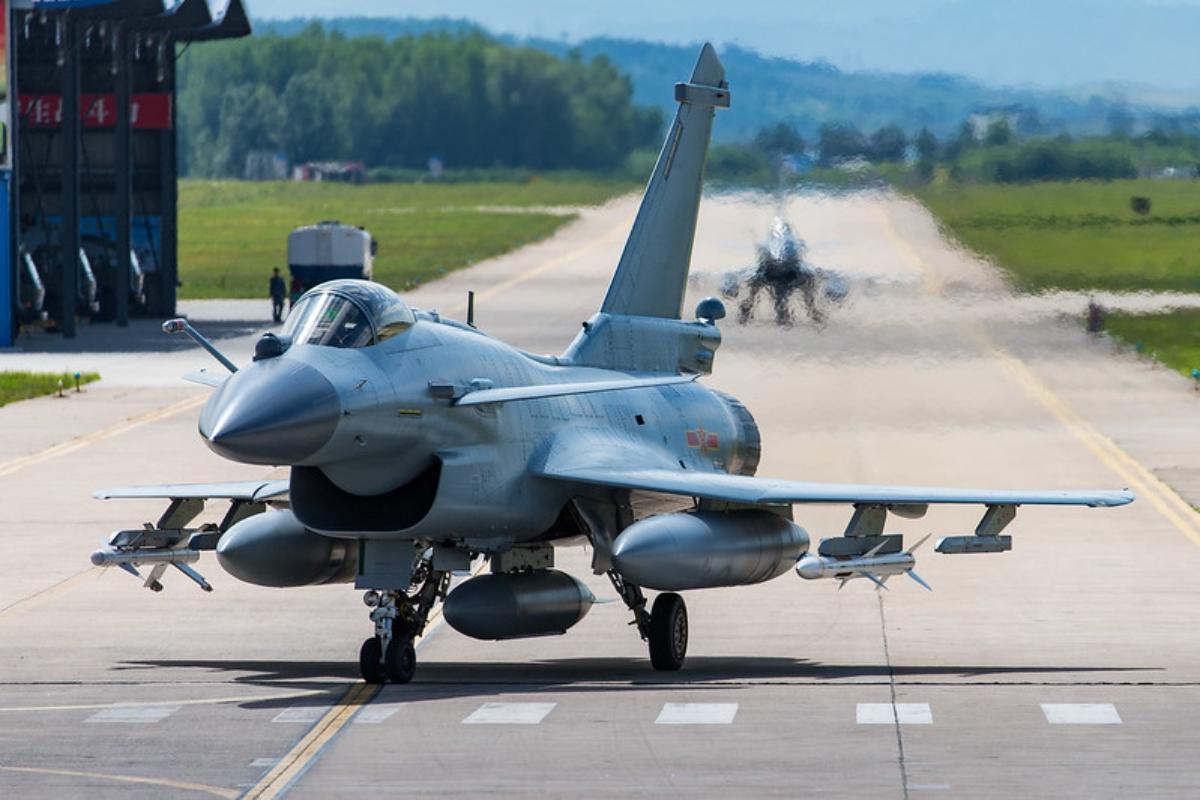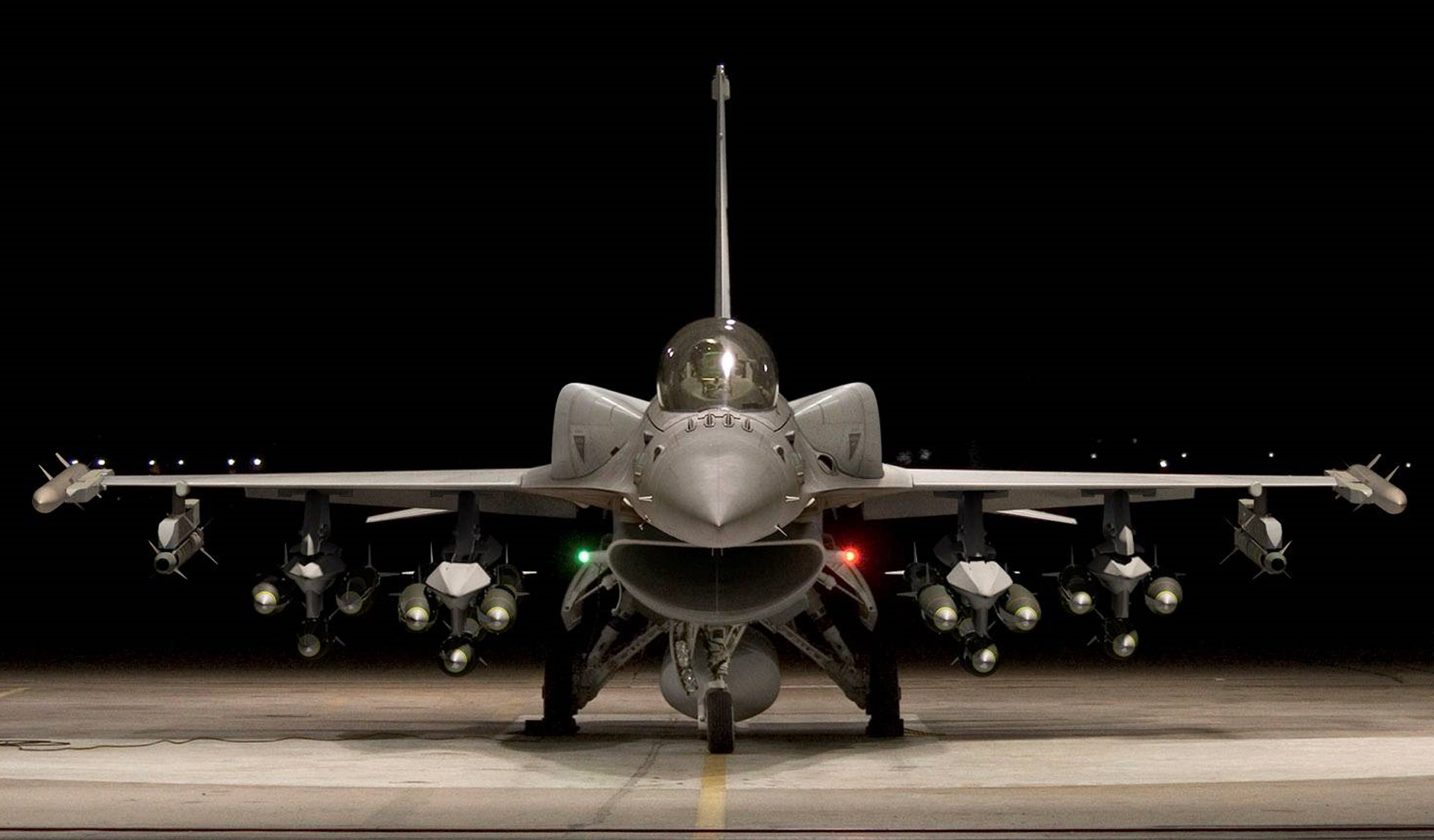Chinese experts claim its J-10C Vigorous Dragon rivals the combat-hardened American F-16 Fighting Falcon. But can the J-10C, currently riding on its newfound fame, challenge America’s most exported aircraft in the international market?
China has been aggressively promoting the J-10C for export for quite some time. However, these attempts recently received fresh impetus after Pakistan claimed that it had used the J-10CE fighter jets armed with PL-15 long-range air-to-air missiles to down multiple Indian fighter jets, including three Rafales.
Notably, these claims were made without furnishing crucial evidence and remain unsubstantiated nearly two weeks after the two sides agreed to a ceasefire.
Unbothered by the veracity of these claims, Beijing is amplifying these claims and marketing the J-10CE (the export variant of the J-10C) as a “combat-tested fighter jet.”
A recent report in the Chinese state-owned Global Times stated: “Recently, China’s made-for-export J-10CE fighter jet has been under the spotlight, with major media outlets having focused on the news that the J-10CE has recently achieved its first real combat success,” without directly referring to the India-Pakistan conflict.
Banking on this narrative, China is currently participating in the LIMA defense exhibition in Malaysia to woo a potential customer. As it uses the aircraft’s “alleged” combat experience to secure new orders, some media observers and reports have asked: Can the J-10C rival the US F-16 Viper (Block 70/72) in the export market?
This speculation is based on the two superpowers’ overall rivalry, which competes for strategic influence and dominance in multiple theatres worldwide.

While the F-16 (across variants) is the most exported US fighter jet, China has barely made a mark with its J-10C.
The US has recently sold the F-16 Vipers, the latest aircraft variant, to countries like Taiwan, Bahrain, Slovakia, and Bulgaria. In contrast, states like Morocco and the Philippines have secured clearance to purchase the aircraft. In addition, several existing F-16 operators are upgrading their fighters to the latest F-16V standard.
In stark contrast, despite being the poster child of China’s indigenous combat aviation, the J-10C has seen very limited success. Pakistan, China’s closest ally, remains its only buyer.
China is known to have pitched the aircraft to countries like Egypt, Colombia, Uzbekistan, Brazil, and Algeria. At one point, there were speculations that Bangladesh was also interested in purchasing the aircraft to modernize its air force. However, none of these countries have gone ahead as of now.
According to the SIPRI 2025 report, the United States is the largest exporter of major arms, with 43% of all global arms exports in the 2020-2024 period. China, on the other hand, is in fourth position with just about 5.9% contribution to global arms exports and is intensifying efforts to expand arms sales.

Chinese and US fighter jets have never directly competed for an export contract. The only time that an F-16 triumphed over a Chinese jet offering was in Argentina, when the Javier Milei government chose the decommissioned Danish F-16 over the brand-new JF-17 jointly produced by China and Pakistan. That was a result of US lobbying to prevent a Chinese combat aircraft from sitting in the US backyard.
However, if the J-10C’s alleged combat success against Rafale continues to dominate the headlines, the Chinese jet might challenge the F-16V in the export market.
As previously reported by the EurAsian Times, China has offered the J-10CE to Egypt, which has been struggling with the maintenance of F-16 fighters. If the Egyptian government decides to buy the Chinese fighter, it will be a significant victory for Beijing. It must be noted that Korean FA-50 fighters are another ‘hot contender’ for the Egyptian deal.
China has been promoting the J-10C as a better alternative to the US F-16 Fighting Falcons and the French Rafale, mostly by banking on its cost competitiveness.
Estimated at $40–50 million per unit, the J-10CE is significantly cheaper than its Western counterparts. The US F-16V costs $60–70 million per unit, with higher lifecycle costs due to maintenance and reliance on US supply chains.
China often sweetens its export offers by extending flexible financing and transfer of technology, appealing to less affluent countries looking to modernize. Moreover, Chinese military equipment often has minimal restrictions compared to US arms.
Chinese export pitches could benefit from fewer political strings than US arms sales, often requiring end-use monitoring or alignment with US foreign policy.
China is currently one of the major global players in the drone export market. Several countries that have been offered fighter jets have been reluctant to buy due to two reasons: US influence and the fact that Chinese arms are not combat-tested compared to platforms offered by other countries. The second obstacle appears to be out of the way for Beijing now.
Chinese J-10C Vs US F-16
The J-10C is frequently likened to upgraded US F-16 Fighting Falcon variants, with both aircraft positioned as 4+ generation fighters.
Both the J-10C and F-16V are single-engine, multi-role fighter jets. They use a fly-by-wire flight control system that uses a computer to maintain their extremely agile, aerodynamically unstable airframes.
The J-10C is powered by the indigenously developed WS-10B turbofan engine, which offers a thrust of 135 kN with afterburner, whereas the F-16V is powered by General Electric F110-GE-129 or Pratt & Whitney F100-PW-229 engines, which offer a thrust of 129 kN with afterburner.
Both the F-16V and J-10C feature an Active Electronically Scanned Array (AESA) radar and very advanced avionics. Both aircraft carry a wide range of munitions. For instance, the F-16 can be armed with the AIM-9, AIM-7, AIM-120, JDAM, etc, whereas the J-10C can be equipped with the PL-8, PL-10, and the long-range PL-15, which offers it strong beyond-visual-range (BVR) capabilities.
Some reports claim the Chinese fighter might have superior low-speed agility due to its delta-canard design and alleged but unproven thrust-vectoring. However, this could not be independently verified.
Both aircraft are equipped with an integrated Electronic Warfare system.
Some other reports suggest that China’s AESA radar may have slightly better range than that of the F-16s, and its design might give it a slightly better reduction in the Radar Cross Section (RCS). However, this could not be corroborated.
Lastly, F-16V has something that the Chinese fighter can only dream of: it has evolved from the combat-hardened F-16 Fighting Falcon, which has participated in several military conflicts across theatres and terrains. It is safe to say that the F-16V’s extensive combat history and global operator base far outweigh the J-10C’s limited record.
Nevertheless, amid perpetually shifting geopolitical realities and China’s ongoing management of the narrative related to the J-10C, Beijing might win a few new customers for its fighter jet.
- Contact the author at sakshi.tiwari9555 (at) gmail.com
- Follow EurAsian Times on Google News




